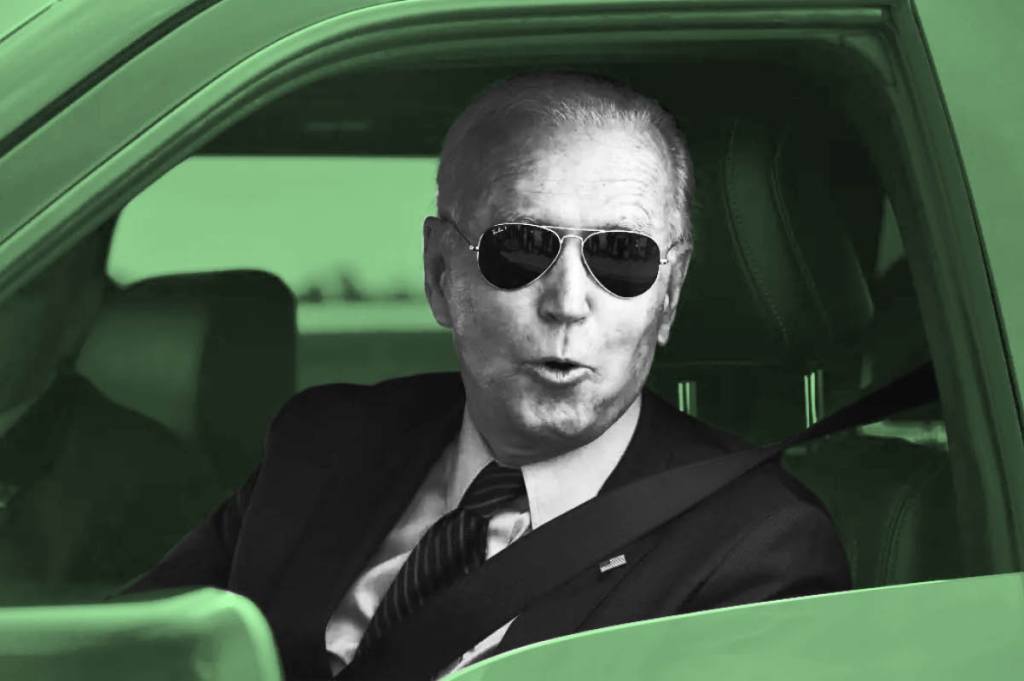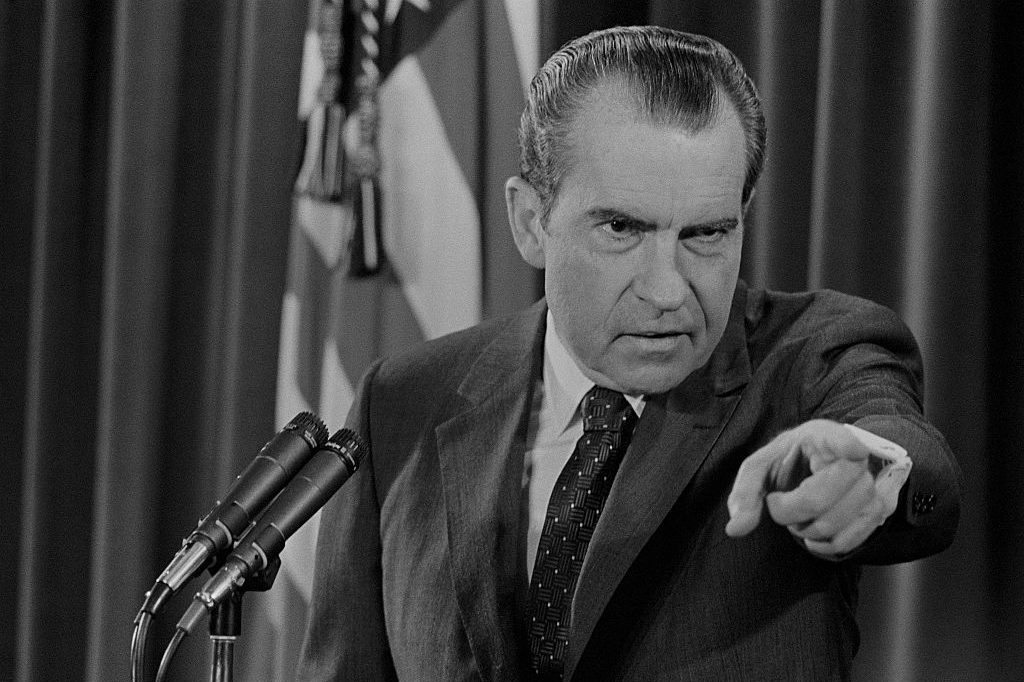As President Joe Biden and House Speaker Kevin McCarthy begin to square off on a compromise debt ceiling bill, the subsidies in the so-called Inflation Reduction Act, or IRA, for the purchase of electric cars will prove a major, if not the major, sticking point.
McCarthy clearly knows that Goldman Sachs, Brookings and other respected observers have predicted that these EV credits could cost taxpayers $390 billion over the coming decade — or at least twenty-seven times the original estimate. Yet the president is also acutely aware that preserving the IRA’s role in facilitating a rapid transition away from gas-powered vehicles is the reddest of lines for his progressive base.
The irony of this budding squabble is that it will be over a system for electrifying automobiles and trucks which, even if smoothly implemented, would likely prove obsolete in just a few years. It is not simply that the range of battery-powered cars is limited or that their construction makes repairs exceedingly expensive or that the materials to make them are in short supply or that reported fires in their lithium-ion cells are hard to extinguish or that, even with subsidies, their estimated sticker prices are far above comparable gas-powered vehicles.
The fact is that a much safer, more efficient and far more cost-effective system of electrified transport is already under development.
Engineers in Sweden have taken the lead in building the world’s first permanently electrified highway. Designed to automatically charge cars and trucks while they drive, the road is a revamp of route E20, which connects Stockholm to the country’s second largest city, Gothenburg. The government has committed to finishing the project by 2025.
Engineers in Sweden have taken the lead in building the world’s first permanently electrified highway
Swedish planners will soon choose one of three technologies for what they are calling their e-motorway. The first would power cars with overhead wires, much the way some cities now use suspended cables to electrify their buses and trams. The second would physically connect each vehicle to a buried grid via an undercarriage coil that skims along the surface of the street.
The third, and what many observers believe to be the most likely, would send electricity wirelessly from the road to a metal plate under a car or truck, mimicking on a much larger scale the way today’s charging pads reenergize smart phones. A similar system, developed by the Israeli firm ElectReon, has already been operating successfully for more than two years in Visby, on the Swedish island of Gotland.
The obvious advantage of e-motorways over current electric car technology is that drivers would no longer have to wait at charging stations while their vehicle batteries re-power, but it is not the only one. Scientists believe that electrified roads will also allow people to travel much longer distances, and with batteries that are 70 percent smaller and therefore considerably cheaper.
This means that trucks and buses could travel along e-motorways without needing cumbersome stacks of batteries. “If you are going to have only a static charging… solution for heavy-duty vehicles, you will [only] get vehicles with a huge amount of batteries,” notes Jan Pettersson, a director at the Swedish transport administration.
Drivers would no longer have to wait at charging stations while their vehicle batteries re-power
If there is any criticism of e-motorways, it is that deploying them cost-effectively across an entire country would mean delaying needed road resurfacing and repairs. In other words, many consumers would not find it practical to own an electric car as quickly as green activists would like.
On the other hand, a finished system would not require every street and highway to be electrified. According to a report at Euronews, only 25 percent of a nation’s roads need be electrified to keep all vehicles sufficiently charged wherever they are traveling.
Once more, any carbon pollution which might result from a lengthy rollout of e-motorways must be weighed against the environmental cost of pushing ahead with the technology required by the current charge-while-you-wait tech. According to a Bloomberg study, mining the lightweight structural materials needed to offset the battery weight of the cars Biden wants to subsidize would do far more damage to our air and water than holding out for the completion of a system whose vehicles do not have to store as much energy.

EV batteries themselves require an enormous mining effort. To make just one for today’s charge-while-you-wait cars, according to Issues and Insights, means using twenty-five pounds of lithium, sixty pounds of nickel, forty-four pounds of manganese, thirty pounds of cobalt, 200 pounds of copper and 400 pounds of aluminum, steel and plastic.
The lithium must be processed from 25,000 pounds of brine, the cobalt from 30,000 pounds of ore, the nickel from 5,000 more pounds of ore and the copper from 25,000 pounds of raw material. Any e-motorway system which promises to cut these requirements by at least two-thirds on every car is worth waiting a few more years for.
Understandably, Sweden is not the only country developing electrified roads. According to the Telegraph, both Germany and France are experimenting with their own e-motorways. And Stellantis, the parent company of Fiat, Chrysler, Citroen, Peugeot and Jeep, has built a 1.05 km wireless charging test track in Chiari, Italy.
“We have proven that inductive [wireless] recharging technology can power our electrified future,” says Anne-Lise Richard, head of the Stellantis Global e-Mobility Business Unit.
President Biden could both reduce both the deficit and long-term carbon emissions by agreeing to terminate the Inflation Reduction Act’s misguided EV subsidies. He should instead allow a portion of the Federal Highway Trust fund to be used for America’s own road electrification research.

























